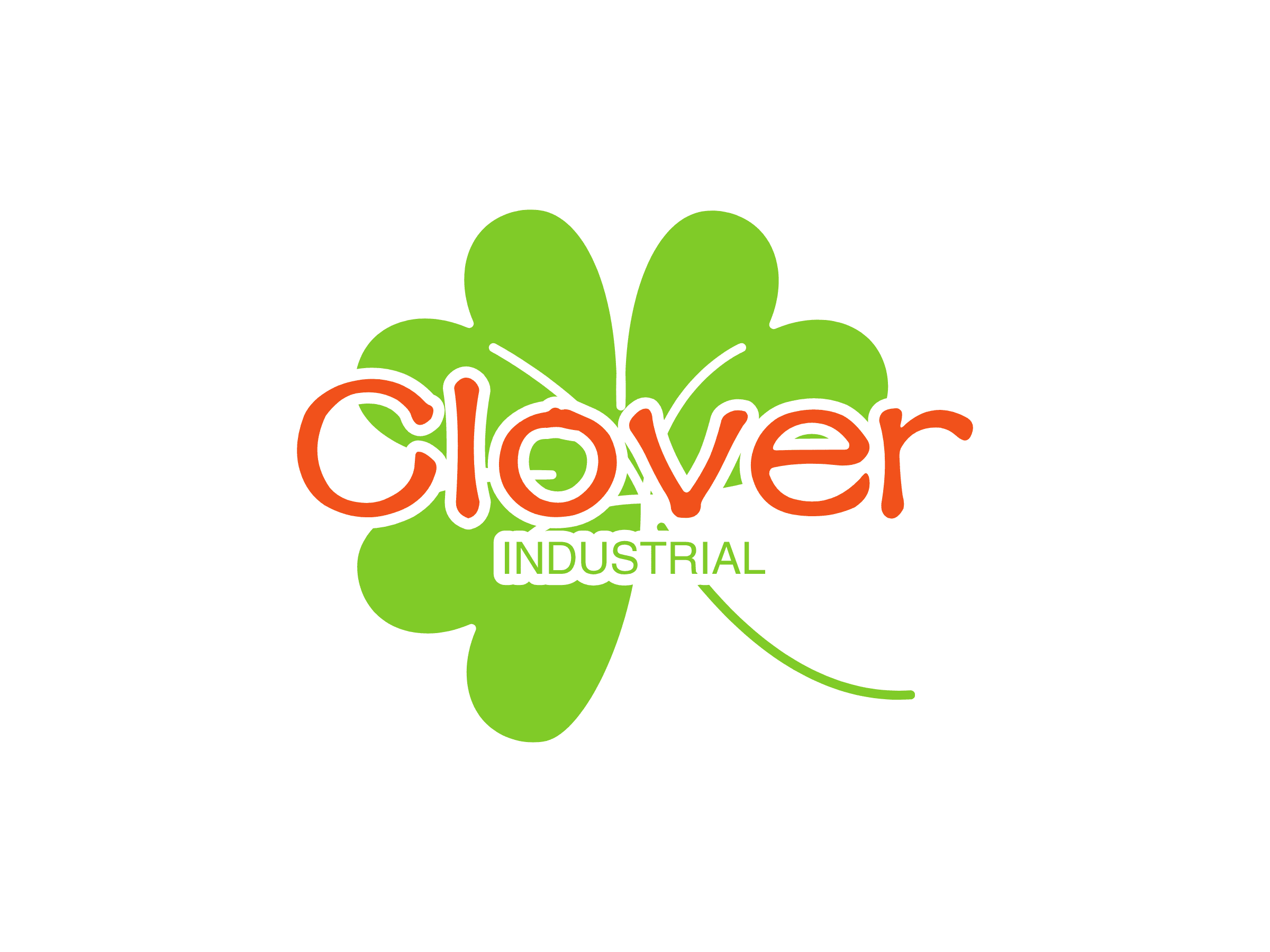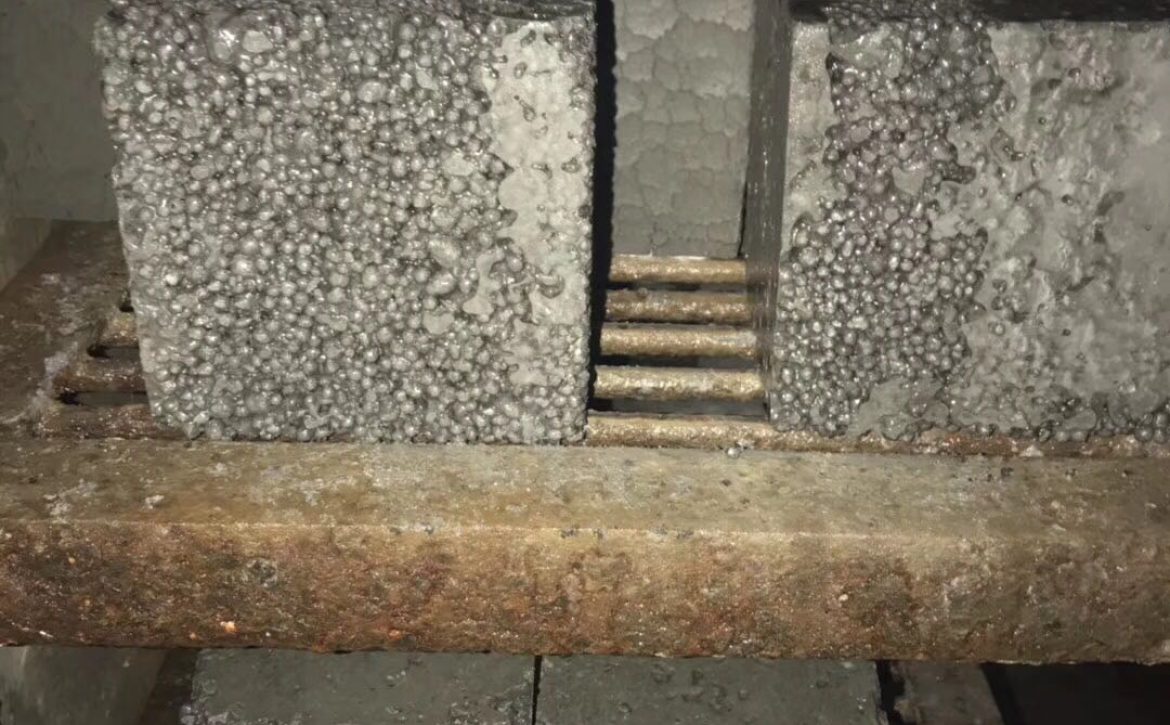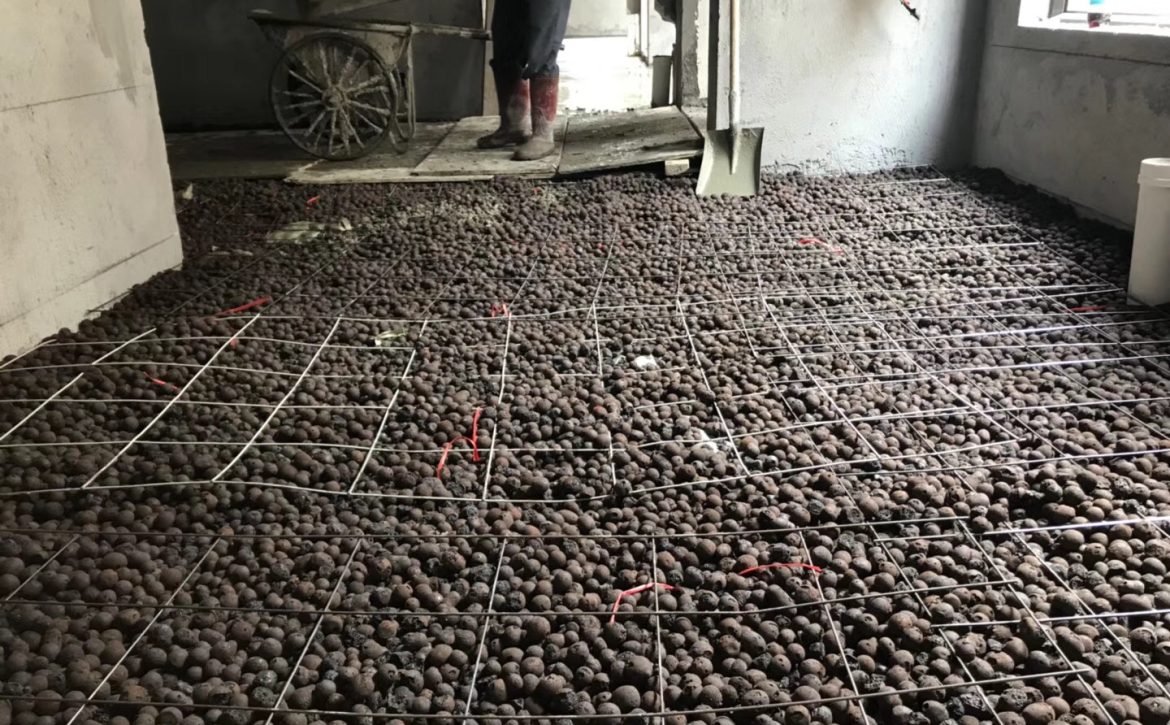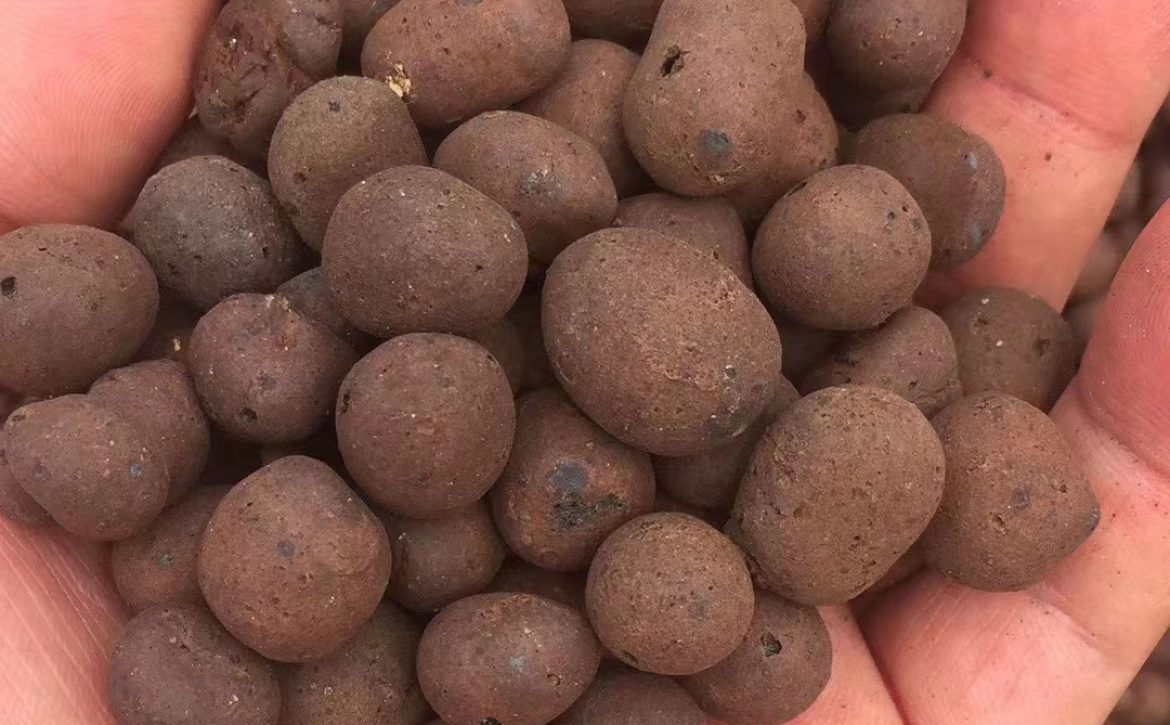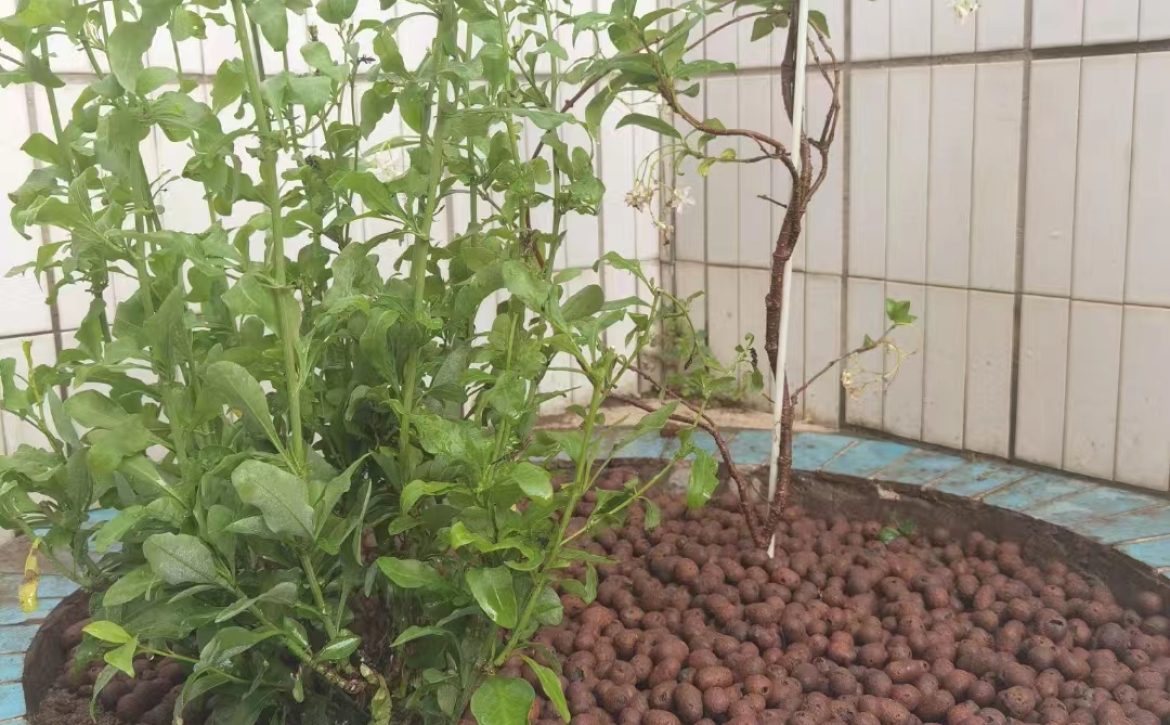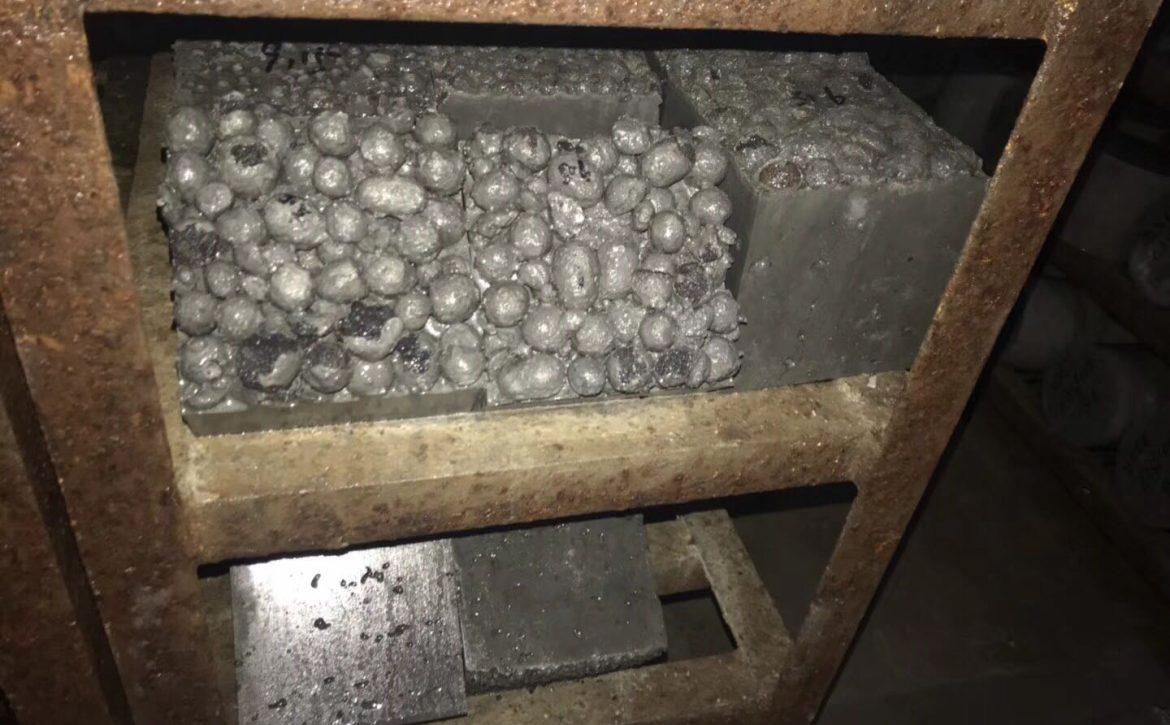Density and fluidization rate factors of clay pebbles/ leca blocks
Concrete is generally used instead of gravel and pebbles. The solid waste of leca blocks, varies in color, usually black, and the matte surface is smooth. The internal structure is fine honeycomb.
Leca blocks 3 types
According to the density, they are divided into three types: general density type, ultra-light density type, and optical density type. It has high strength and is used for insulating concrete or reinforced concrete structures. The price is more reasonable.
Leca bolcks is economic
High-quality leca blocks cost affects project investment and operating costs. Although cheap natural materials are used for filter media, investment can be saved, but the properties such as density and fluidization rate are not suitable for backwashing, which may increase energy consumption and affect operating costs.
Some synthetic filter materials have good performance but are costly, price is too high. Therefore, the choice should take into account both performance and price.
The nitrification function of the biological aerated filter is the best when the particle size is 2-4mm.
At present, the particle size of the filter material commonly used in the biological aerated filter is 3-6mm, and the thickness of the filter layer is 3-4mm.
Leca blocks benefits
The clay pebbles/ leca is a kind of light artificial particle with unique performance, which is widely used in the preparation of high-rise building structure concrete, roof slope finding, thermal insulation, sewage treatment, landscaping, soilless cultivation and other fields.
It has a proper packing density of the filter material, and the layer voids are evenly distributed, making backwashing easy, with low backwashing consumption, small water consumption, small water head loss, and no material leakage during backwashing.
The high-quality have overcome the shortcomings of backwashing being difficult to control and running out of materials. It adopts good particle size distribution, strong dirt holding capacity and high utilization rate of filter material. The water head increases slowly, the operation period is long, and the water production is large. The concrete of clay pebbles/ leca blocks is better than ordinary concrete in acid, alkali corrosion and frost resistance.
Concrete of clay pebbles/ leca blocks is an excellent building material
For the concrete of No. 250 fly ash clay pebbles/ leca block, the strength loss of 15 freeze-thaw cycles is not more than 2%. In 1976, relevant departments conducted actual measurements on the concrete projects of leca blocks built since 1985. The results showed that no matter whether it was prefabricated or cast-in-place, indoor or outdoor, the steel bars contained in them were not corroded. The depth of carbonization is generally not more than 30 mm, and the strength can continue to grow in the later stage. It can be seen that the concrete of clay pebbles/ leca blocks is an excellent building material and should be vigorously promoted.
